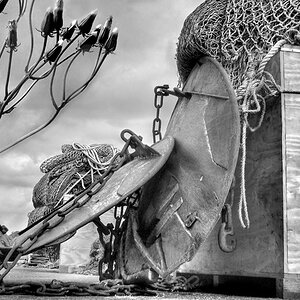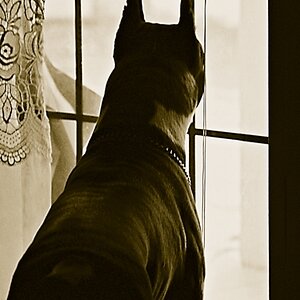Hi, I would like to consult someone to finally understand the problem. It is not entirely clear to me exactly how the camera aperture works. To be clear, by aperture I mean an opening that can be enlarged and reduced and, in the old fashioned way, determines how much light gets into the camera, similar to the human eye. It sounds nice but the image gets into the camera rather than just the light itself. It seems to me as a layman that by reducing the viewfinder, the recording area must also be reduced. Logically, I would see it as, for example, when I zoom out the lens, it is necessary to reduce the aperture so that ambient light does not pass through. But, for example, with the eye, it really depends on the direct amount of light.
Could someone explain it to me in a simple way or recommend some literature, because everywhere seems to be said that way about the light and I'm getting confused. I would like to explain it somehow. My camera really changes the aperture depending on how it zooms. But what about the eye or older cameras like the Flexaret?
I used google translator.
Tom.
Could someone explain it to me in a simple way or recommend some literature, because everywhere seems to be said that way about the light and I'm getting confused. I would like to explain it somehow. My camera really changes the aperture depending on how it zooms. But what about the eye or older cameras like the Flexaret?
I used google translator.
Tom.



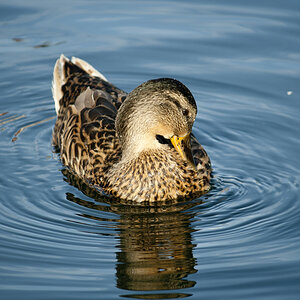

![[No title]](/data/xfmg/thumbnail/32/32984-d9969dc997f82365b4d1f097cb5838c3.jpg?1619735814)
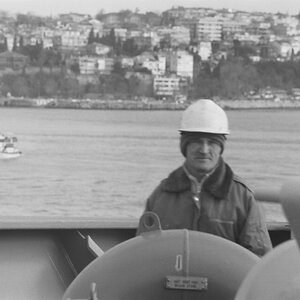

![[No title]](/data/xfmg/thumbnail/36/36423-4f4abd5f32da2219d4967c7a13b07a8c.jpg?1619737566)
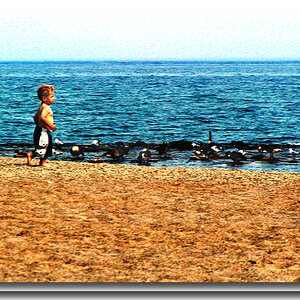
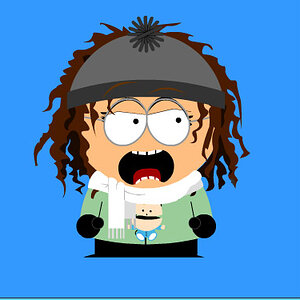
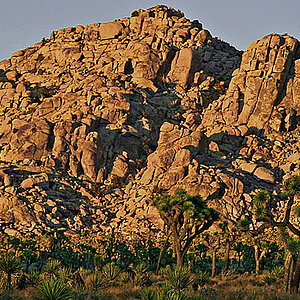
![[No title]](/data/xfmg/thumbnail/32/32983-e979bc0c64090f2693d7fae6b3cc425c.jpg?1619735813)
